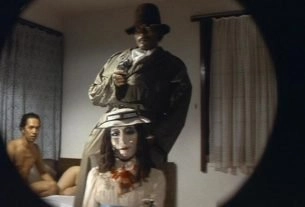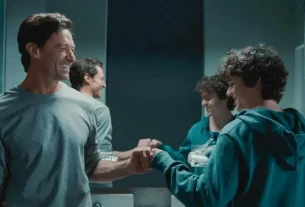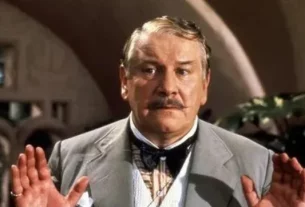The Japanese movie “Asakusa Kid” was adapted from the book “Asakusa Kid” of the same name published by Kitano Takeshi (ビートたけし) in 1988.
Kitano Takeshi, who started out as the “TWO BEAT” group, is more familiar to movie fans as the internationally renowned director Kitano Takeshi.
He is also a Japanese comedy giant, a painter, a columnist, an actor, a show host, and a film director.
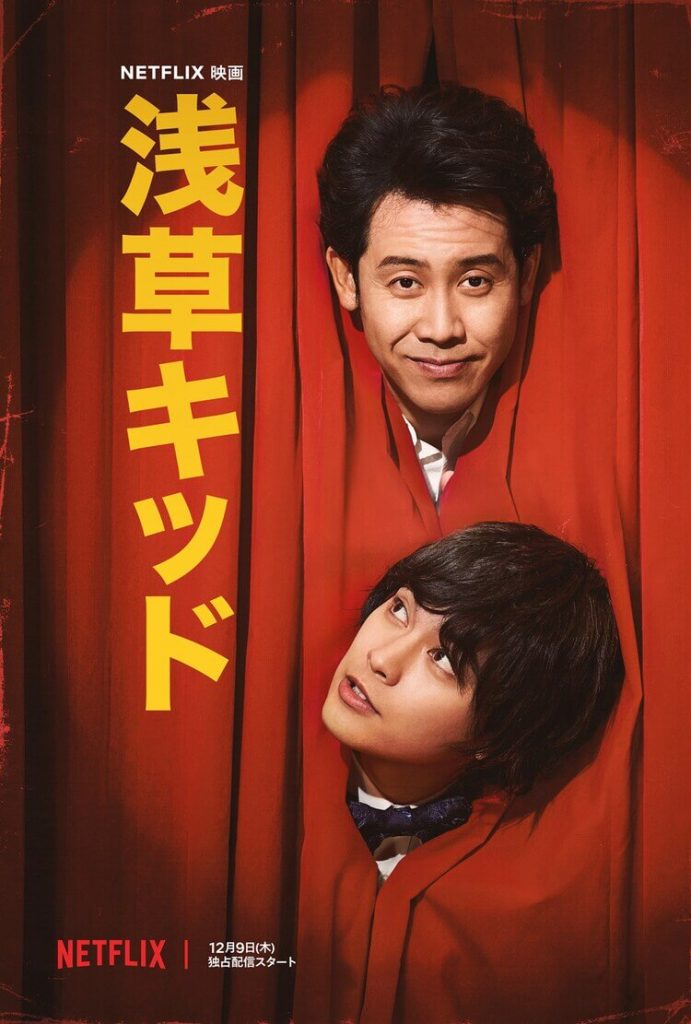
It takes more than an afternoon to read the rich life of Kitano Takeshi’s multiple identities.
And “Asakusa Kid” only locks in the early experiences of his career-as a young man with nothing, the poor and the Japanese comedy town Asakusa prospered.
“Asakusa Kid” tells the story of Kitano Takeshi in his youth who roamed in Asakusa and learned the character of an artist from his master Senzaburo Fukami.
The movie version is directed and written by Gekidan Hitori, who is also a comedy artist.
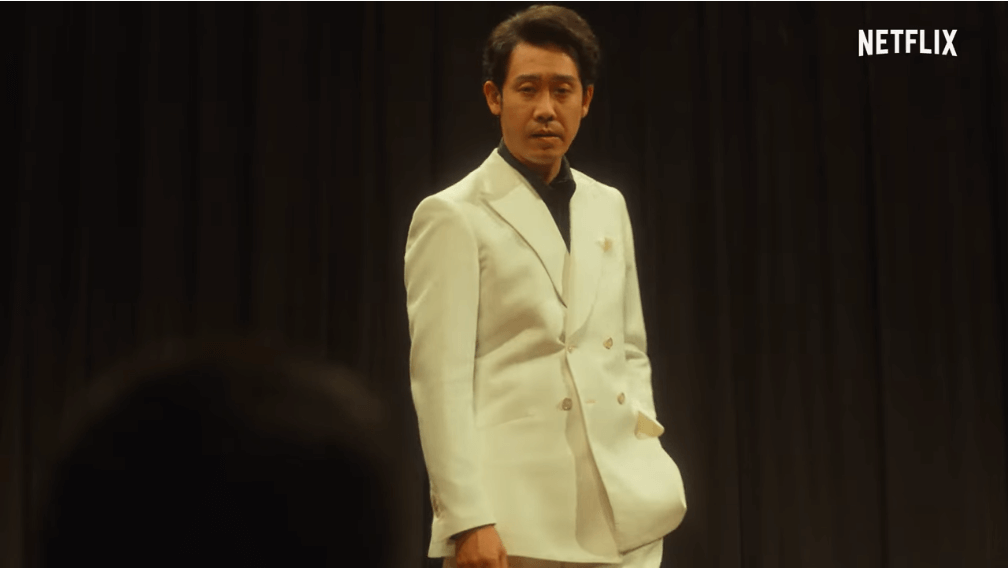
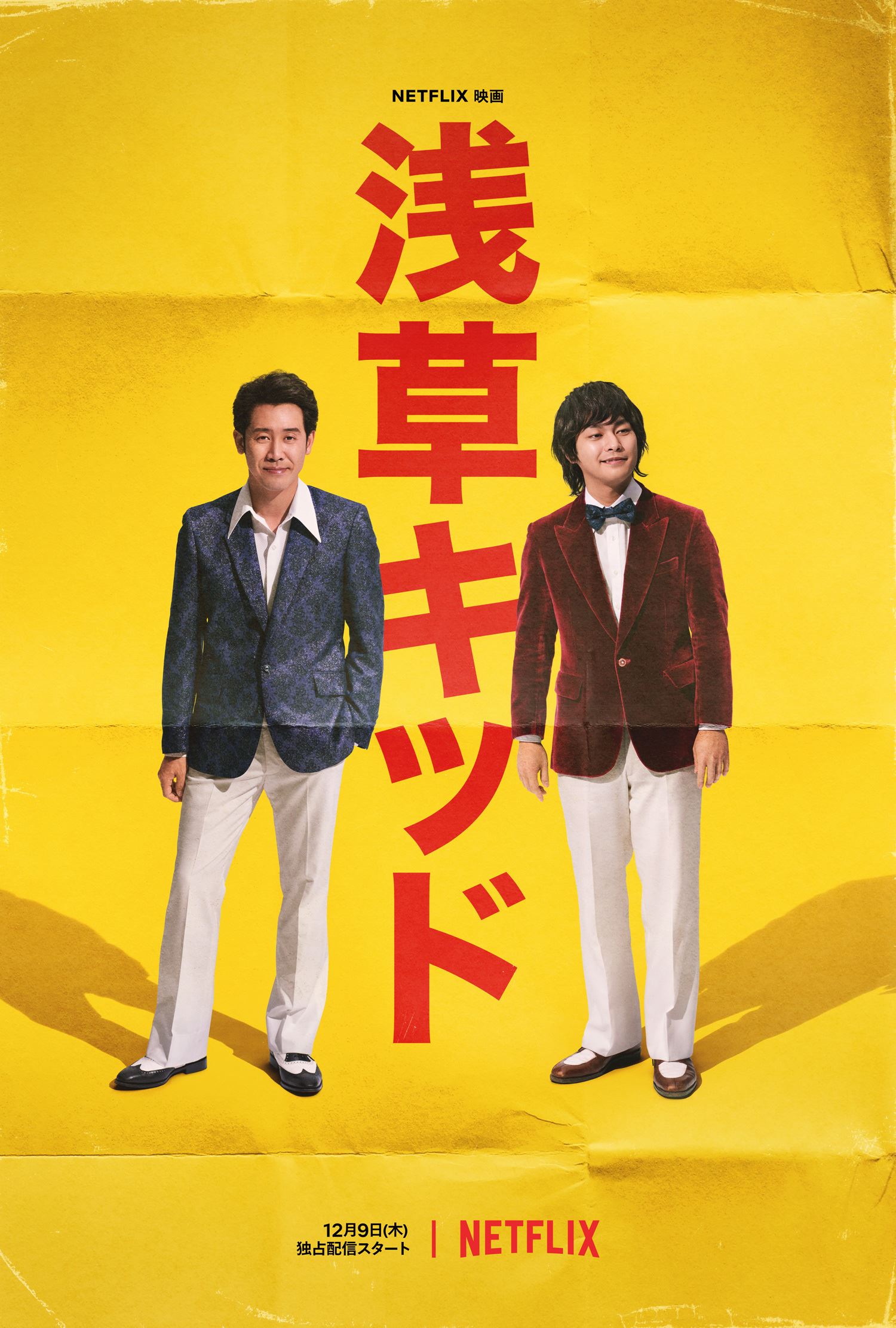
Yûya Yagira, who won Cannes actor with “Nobody Knows”, played Kitano Takeshi, Yô Ôizumi played Senzaburo Fukami, and Honami Suzuki, Mugi Kadowaki, Ayumu Nakajima and other outstanding actors participated in the performance.
In terms of film style, the film can be discussed side by side with Gekidan Hitori’s collaboration with Yô Ôizumi’s “A Bolt from the Blue” (2014).
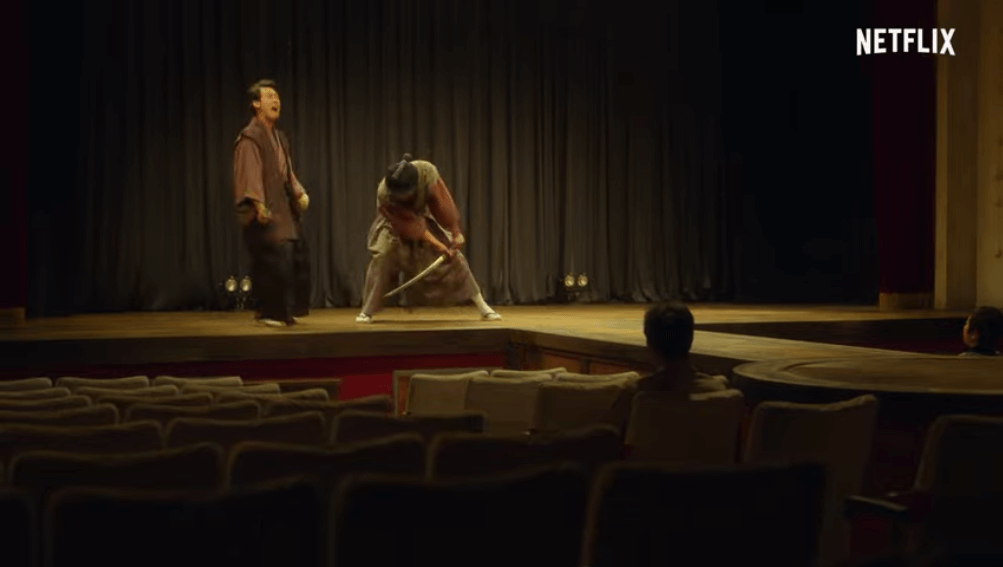
“Asakusa Kid” attaches importance to popular plots, and emphasizes the use of soundtracks and performances to achieve sensational and apparent effects.
If you are an audience who often read Kitano Takeshi’s related works, you are no stranger to the story of “Asakusa Kid”.
The story of Kitano Takeshi and Senzaburo Fukami takes a tragic turn in the early 1980s, and a dramatic accident hit the relationship between the two.
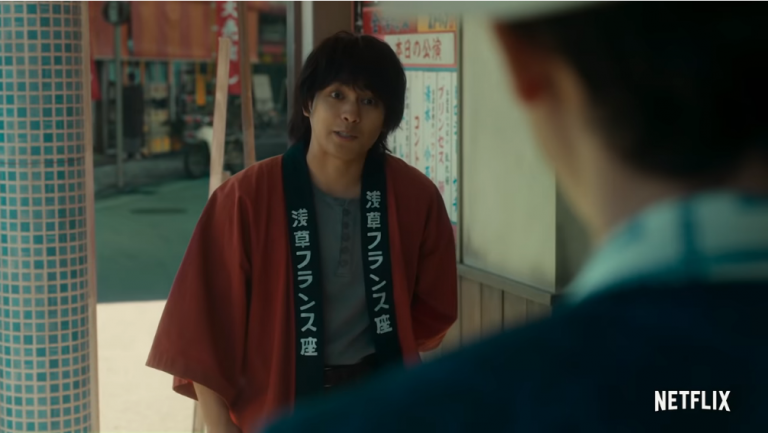
This accident naturally became the climax of “Asakusa Kid”, and it also set the focus of the movie: the bitter taste of a comedian for “success”, the beautiful moments that were buried under the fame and fortune, and did not have time to say goodbye.
It is hard to say that this feeling is original, but it is indeed a very universal emotion.
Under Kitano Takeshi’s outstanding performance ability, this story is often repeated in his prose and writings.
In my opinion, “Asakusa Kid”‘s attempt to film Kitano Takeshi’s story is not a success.
Let me first mention the advantages. Its advantage is to reproduce the details of the story plainly. The audience can feel that the story base attaches great importance to the “artist dignity and character” often mentioned by Kitano Takeshi.
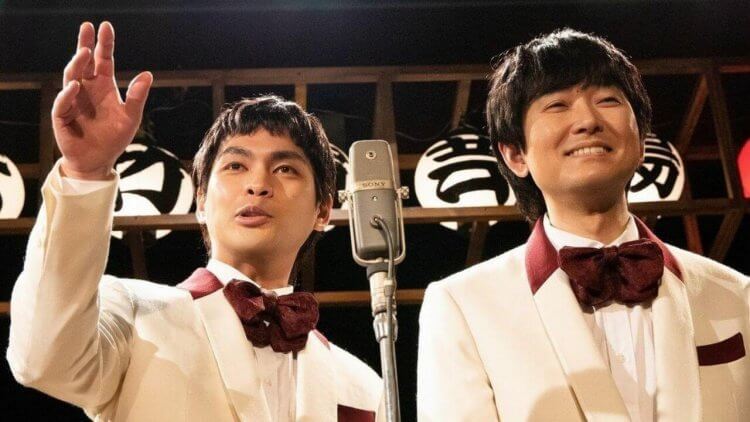
As he likes to cite an example, the smelly old chef of a small sushi restaurant in a local restaurant does not need to take care of the public feelings like a chain restaurant, but can completely use his own preferences to face the dishes and customers.
He also has similar views on entertainers and comedians. Although these characters seem to be showing off, the way they display their skills depends on the appearance.
In “Asakusa Kid”, the character shows the face of the old-age character who knows the face culture well: the master wants to give important second-hand items to the apprentice, and will deliberately pretend to be stingy and collect 500 yuan from the apprentice.
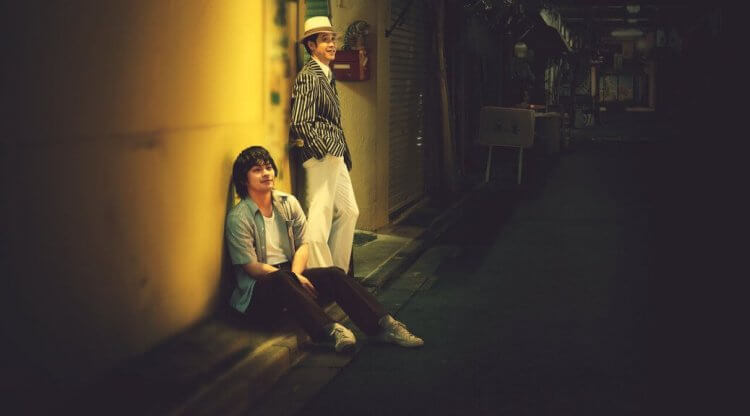
Obviously it was a moving moment of reunion, but the master deliberately tried to pretend to be the nasty appearance of the forces.
I think about one thing in my mind, but I have to deliberately show another appearance in my behavior.
The more you can put your face to take care of the younger generation, the more handsome you look.
In terms of emotional tension, this should be the most outstanding.
However, “Asakusa Kid” still has several shortcomings, which are not perfect in popular stories.
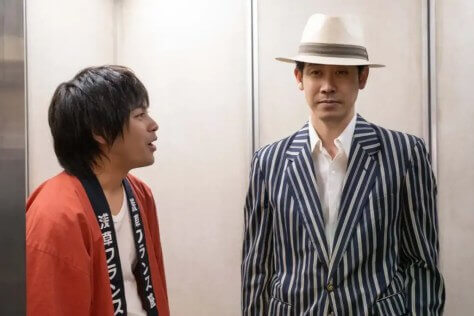
At the beginning, the soundtrack plays the song “Asakusa Kid” of the same name sung by Kitano Takeshi.
The perspective of the song strengthens the subjectiveness of looking back at the past from the middle-aged and old ages. The film does indeed place the contrast between the elderly Kitano Takeshi and the youth, and the old makeup is used to deal with it.
Nevertheless, Yûya Yagira’s interpretation of Kitano Takeshi is the most obvious in imitating Kitano Takeshi’s facial expressions.
The facial expression that is not smiling is the characteristic of Kitano Takeshi, but after suppressing the incompleteness, the more obvious genius wit, or the strong calmness of the aura, has actually appeared in the performance of Kitano Takeshi in the period of まんざい, but It is difficult to see in Yûya Yagira’s interpretation.
The most obvious defect is wearing old makeup and returning to the facial expression of Asakusa France Seat.
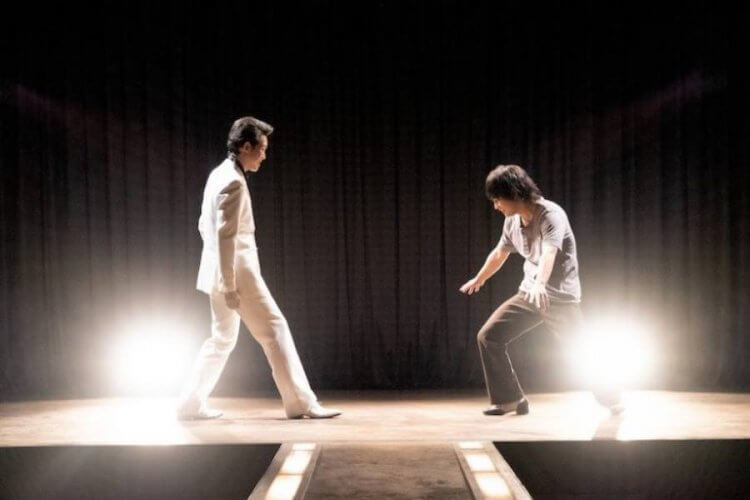
Takeshi Kitano’s complex mentality of five flavors cannot be successfully
Yûya Yagira conveys feelings.
In the long shot at the end of “Asakusa Kid”, you can also see Gekidan Hitori’s unabashedly sensational style at the end.
With the song “Asakusa Kid” played again, the nostalgic emotions are directly drawn to the visual spectacle in the surreal segment of the memory.
The other is Senzaburo Fukami’s monologue on the last night.
The perspective fully reveals his last night’s confession, and to a certain extent, it also highlights the emotional tension of Yô Ôizumi’s performance, while suppressing the possibility of white space.
The sensational transition through the dramatic turn is indeed Kitano Takeshi’s signature drama when he was writing.
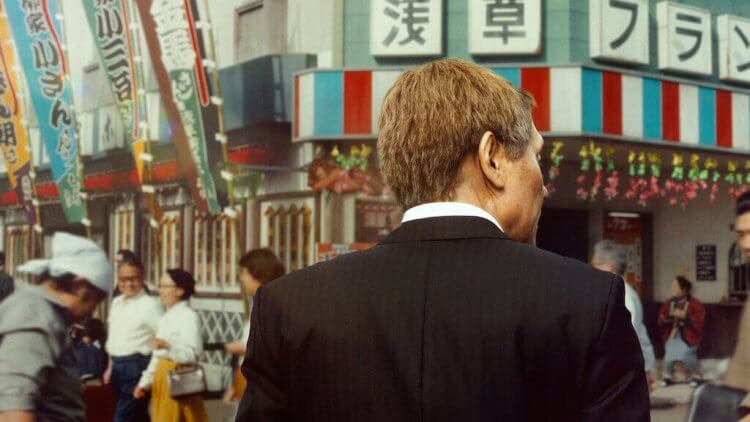
However, in terms of film performance, the characters remain emotionally full from beginning to end, which may directly lead to the loss of the ending rhyme of the movie.
Kitano Takeshi himself has always had a special understanding of film blanking and editing performance.
This is also his uniqueness in controlling different carriers, but Gekidan Hitori does not have a good grasp here.
Viewing “Asakusa Kid” as a TV movie may still have the appropriate charm.
Yô Ôizumi and Yûya Yagira’s interpretation of tap dance and Mugi Kadowaki’s cabaret performances all have fascinating effects in a single stage.
But on the whole, film adaptations that are overly inclined to popular stories still bring more regrets than satisfaction.
Related Post: “Asakusa Kid”: Takeshi Kitano biopic released a new trailer and poster.
